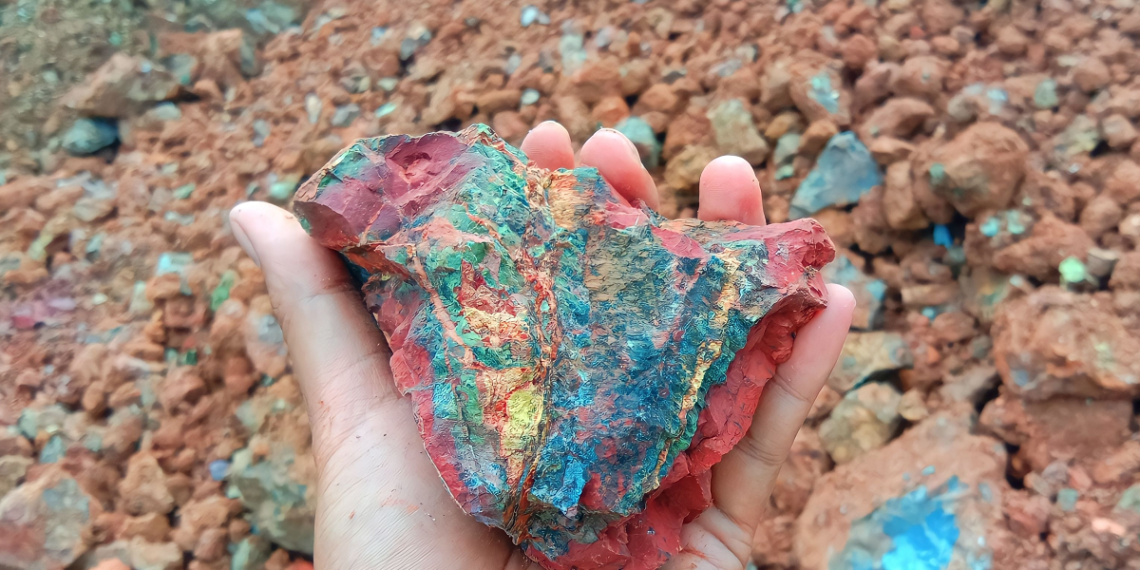The European Commission has recently proposed modifying its list of critical raw materials to include copper and battery-grade nickel to the materials and minerals it considers are vital for future industry.
The recommended list also includes arsenic, feldspar, helium, and manganese. Indium and natural rubber have been removed.
The EU has made a commitment to support the sustainable supply of these critical metals and minerals, including copper, and has identified potential funding opportunities and tax incentives to support companies in this sector.
The report states that copper is used in very large quantities of 20Mt in 2020 for electrification across all strategic technologies. Its supply is very well diversified; therefore, it has not been considered critical before. However, it is difficult to substitute due to its superior performance in electrical applications.
Compared to the list of 30 CRMs in 2020, there are six new CRMs (Arsenic, Feldspar, Helium, and Manganese, plus copper and nickel provided they will be defined as SRMs) and two have been removed (indium and natural rubber). None of the newly screened materials (neon, krypton, xenon and roundwood) are critical.
Companies like Pan Global Resources (TSXV: PGZ), with its Escacena Project located in Spain, believe this will provide significant support in the rapid advancement of European nickel and copper mining projects.
The inclusion of copper on the EU’s 2023 Critical Minerals and Metals List is a positive development for Pan Global,” said Tim Moody, president and CEO of Pan Global Resources. “We are confident in the potential of our copper project in Spain and this development has the capability to support the rapid advancement of our copper discovery at Escacena. We look forward to accessing potential funding opportunities and other incentives that could support our efforts to provide a reliable and sustainable European supply of copper.”












